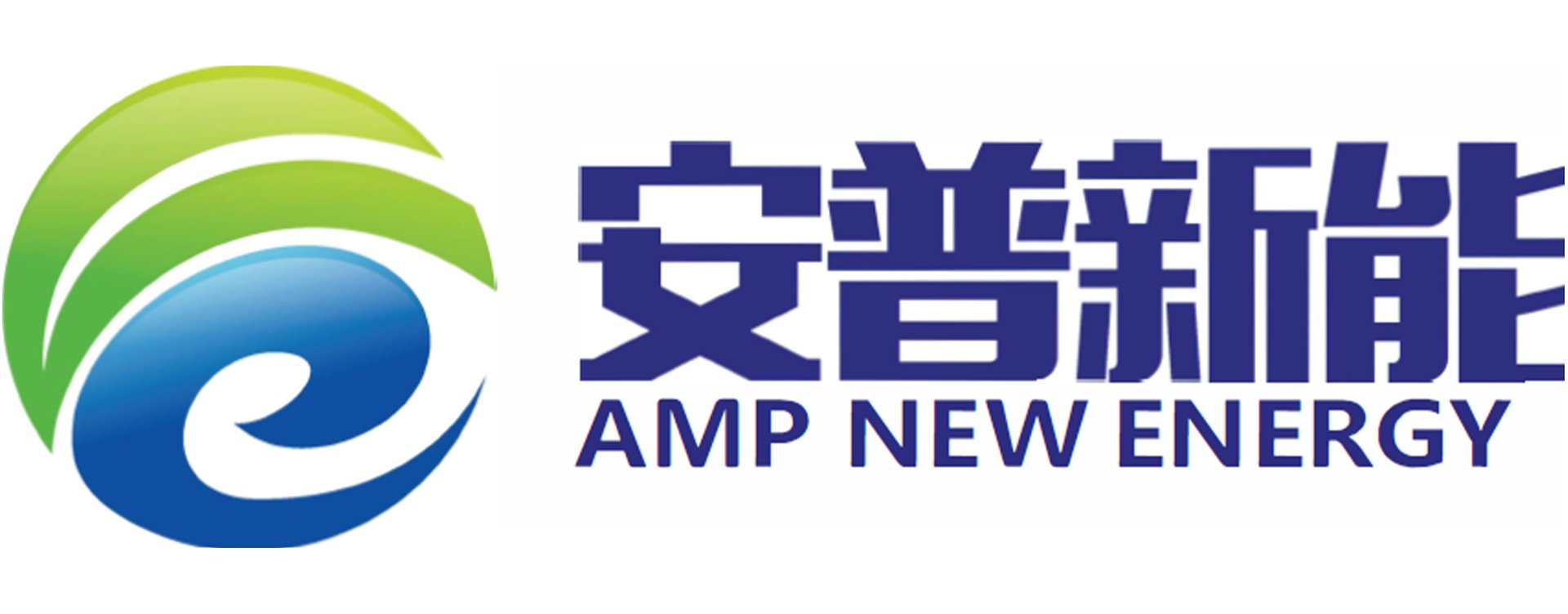Understanding SBR binder structure
If you're looking to improve the durability and functionality of rubber products, SBR binder structure is a key concept to understand. SBR, or styrene-butadiene rubber, is commonly used in a variety of applications, from tire manufacturing to industrial rubber products. The binder structure refers to the way in which the SBR molecules are arranged in the final product, which plays a crucial role in determining its properties and performance.
The Basics of SBR
SBR is a synthetic rubber that is made by polymerizing styrene and butadiene monomers. This results in a rubber with excellent durability, abrasion resistance, and flexibility. SBR is often used in place of natural rubber because it is less expensive and more stable over a range of temperatures. It is used in a variety of products such as car tires, conveyor belts, and industrial hoses.
What is Binder Structure?
The binder structure of SBR refers to the way in which the polymer chains are arranged within the material. There are three main types of binder structures: linear, branched, and networked. A linear structure consists of chains of polymer molecules that are linked together in a straight line. A branched structure has polymer chains that branch out from a central point. A networked structure consists of a mesh of interconnected polymer chains.
How Binder Structure Affects Properties
The binder structure of SBR has a significant impact on the properties of the final product. Linear SBR typically has the highest tensile strength and abrasion resistance but may be more brittle. Branched SBR is more flexible and has better impact resistance but may have lower tensile strength. Networked SBR has the lowest tensile strength but the highest elasticity and tear resistance. The binder structure also affects the curing process of SBR, with networked structures requiring more time and energy to cure.
Applications of SBR Binder Structure
The choice of binder structure depends on the specific application and desired properties. Linear SBR is often used in high-performance tires and conveyor belts where tensile strength and abrasion resistance are critical. Branched SBR is used in products that require flexibility and impact resistance, such as automotive weatherstripping. Networked SBR is commonly used in products that require high elasticity, such as shoe soles and gaskets.
Methods for Controlling Binder Structure
There are several methods for controlling the binder structure of SBR, including the use of different monomers, catalysts, initiators, and chain transfer agents. The addition of a chain transfer agent, for example, can promote branching in the polymer chains. Changing the conditions during polymerization, such as altering the temperature or pressure, can also affect the binder structure. Manufacturers may experiment with different methods to achieve the desired properties for their specific application.
Challenges in SBR Binder Structure
Controlling the binder structure of SBR can be challenging, particularly when trying to achieve a specific combination of properties. For example, increasing the branching may improve impact resistance but decrease tensile strength. Balancing these properties requires careful experimentation and optimization. In addition, the cost of manufacturing high-performance SBR with a specific binder structure can be higher than other materials, making it important to carefully weigh the benefits against the costs.
Trends in SBR Binder Structure
The use of SBR with specific binder structures is likely to continue to evolve as manufacturers seek to improve the performance of their products. This may involve the use of more advanced polymerization methods and the development of new monomers and catalysts. Additionally, there is growing interest in sustainable manufacturing methods that reduce the environmental impact of producing SBR. This may lead to greater use of bio-based monomers and renewable energy sources.
Conclusion
In summary, SBR binder structure is a key concept in the manufacturing of rubber products. It refers to the way in which the polymer chains are arranged within the material and has a significant impact on its properties and performance. Choosing the appropriate binder structure for a specific application requires careful consideration of the desired properties and the cost of manufacturing. As the technology continues to evolve, new methods for controlling binder structure and sustainable manufacturing will emerge.

